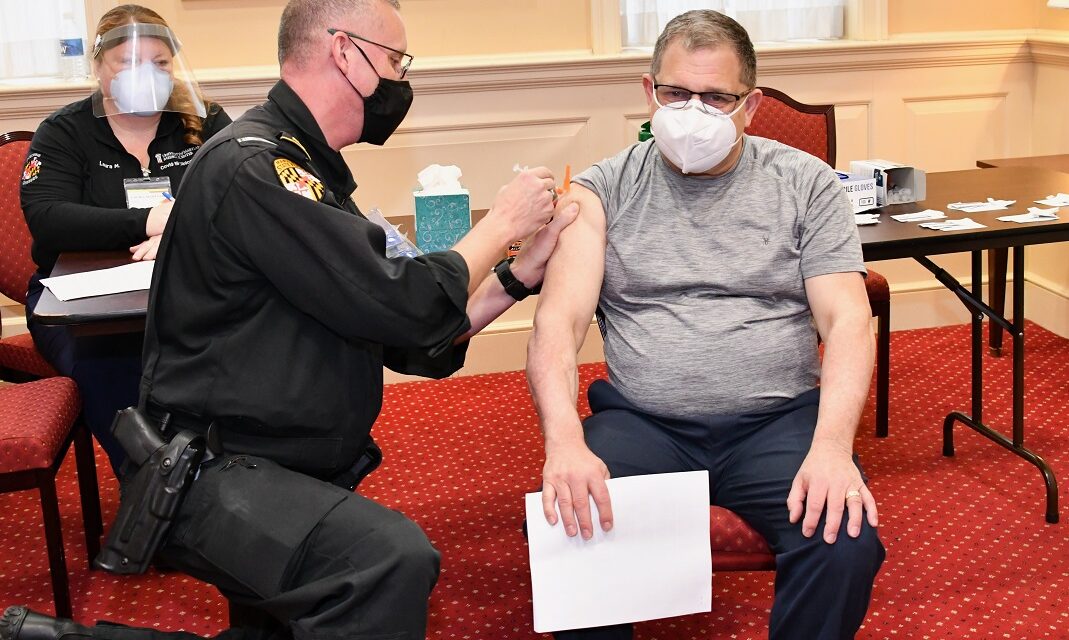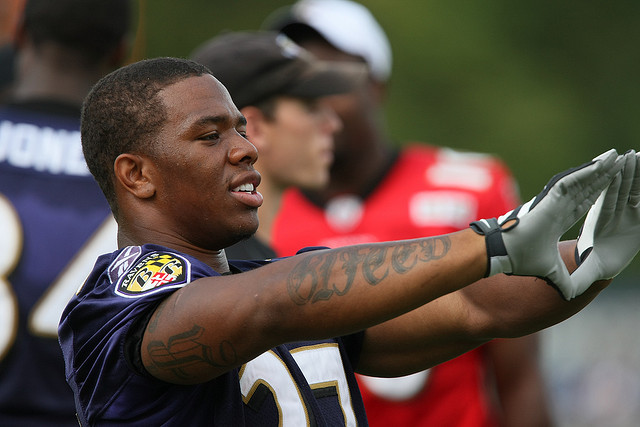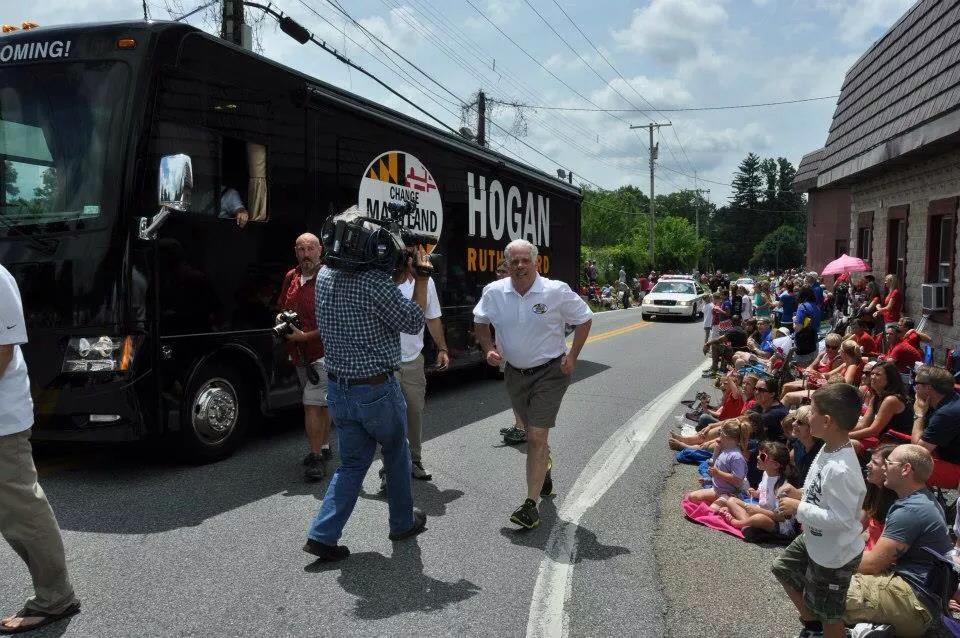By Donna Chaney
Despite Maryland’s impressive management of the COVID-19 pandemic last year, the state is now facing a new crisis – one of the lowest vaccine use-rates in the country, per the Centers for Disease Control and Prevention (CDC). With a use-rate of 50.2% as of this week, Maryland is one of the lowest-performing states – ahead of just five other states in administering vaccines, according to a Bloomberg tracker.
The good news is that as the quantity of vaccines increases, there is an opportunity to learn from the initial efforts and make improvements to the vaccine distribution process, where specific, targeted actions can achieve tremendous results. Here are six steps that are critical during an ongoing distribution effort:
Gap analysis – state and local agencies must perform a gap analysis of their existing vaccination and points of dispensing (POD) plans. Even in this situation, where the COVID-19 vaccination is underway, there is still an opportunity to continuously evaluate the process, identify gaps, and make improvements, especially in the enrollment and distribution process.
Methodical use of technologies – following the gap analysis, the use of technology should be reimagined with the end-user in mind. For example, improving interfaces and accessibility options for senior citizens or individuals without internet access should be a priority. In addition, the state should consider consolidating its technological resources at the state level, rather than relying on local county jurisdictions or private organizations to establish and run separate online platforms.
West Virginia, a state with a high poverty rate, lower education rate, and a lower median income, is now 2nd in the nation in its vaccine distribution. This is largely due to a centralized response, including a state-wide online site for vaccine registration.
Ability to surge – at President Biden’s direction, the Federal Emergency Management Agency (FEMA) will be increasing its financial support to states for vaccine sites. Maryland is already planning on opening new mass distribution locations, which will support an increased pipeline for vaccinations. State and local agencies should be prepared to support this increased volume, as well as the new vaccines and distribution requirements that are coming on the market.
Community planning – local and state health departments should organize vaccination planning committees comprised of members who represent a broad range of key stakeholders, including minority, at-risk, and under-represented populations, to ensure an equitable response. These committees should operate within the structure of the state response to the vaccine distribution to ensure a cohesive and unified plan across the state.
Population estimates – this is critical in developing or updating targeted strategies to ensure that all critical populations are reached and that necessary modifications are made to the current distribution efforts. This area also ensures health equity – that the vaccine distribution is equitable in terms of socioeconomic status, age, rural/urban areas, etc.
Community outreach – leveraging public education and outreach programs ensures that messages are effective in connecting with all people, including individuals with access and functional needs (AFN) and those with limited English proficiency. With the state’s lagging response to the vaccine distribution effort, providing ongoing, informed, and consistent messages to the public is critical. As importantly, the outreach should include messaging that emphasizes the efficacy of the vaccine. The best distribution plans and processes are meaningless if the public doesn’t feel comfortable taking it.
In 2020, Maryland was widely viewed as a leader in the nation in its response to the COVID-19 pandemic. With small but crucial adjustments and ongoing planning and outreach, the state is well positioned to turn its initial disappointing vaccine response into a model program for the country and improve the health of its citizens.
Donna Chaney is director of federal business development for Constant Associates a health security and healthcare preparedness company with experience responding to healthcare disasters of every scale. Their clients include the U.S. Department of Health and Human Services (HHS), Federal Emergency Management Agency (FEMA), U.S. Department of Homeland Security (DHS), Los Angeles County Department of Public Health, and many other city and county public health departments.








Recent Comments